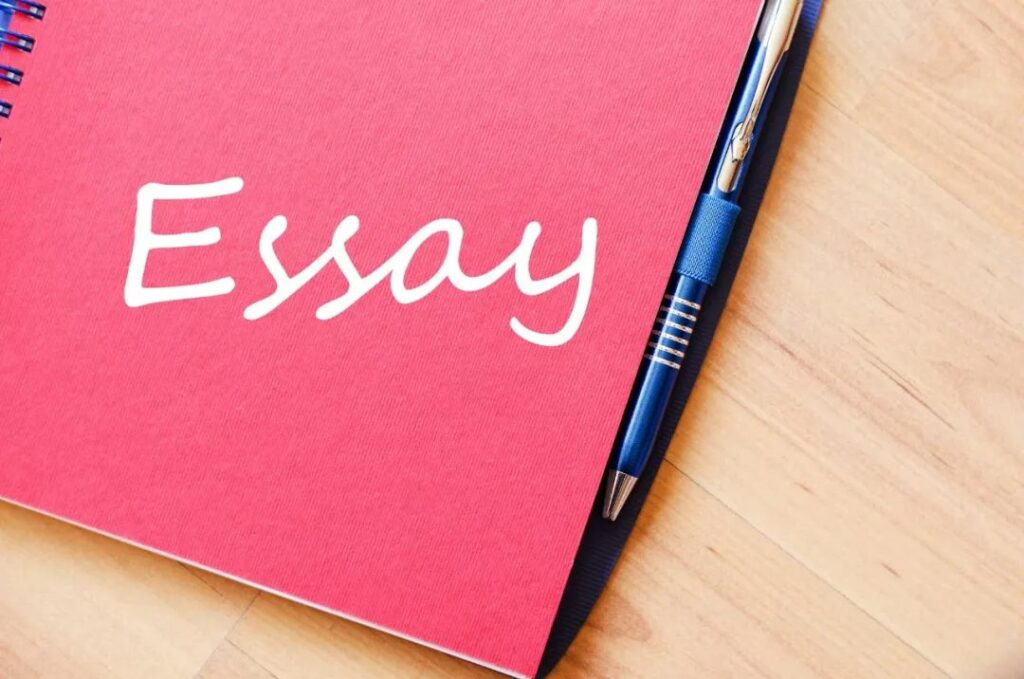Toll-Free US & Canada 24/7:
1-770-659-7014
How to Write a Narrative Essay?

A lot of people find a narrative essay to be the easiest type of all, while others struggle to write it, enduring hatred with all their hearts and souls. That said, the primary purpose of the current guide is to teach you how to write an impeccable narrative essay by following a few incremental steps. However, we’ll also take a moment to address the aforementioned discrepancy and provide numerous examples of crafting diverse components and literary techniques utilized in narrative essays.
What is a Narrative Essay?
Before moving to practicalities, steps, and tips for writing a narrative essay, let’s first outline its characteristics and define its purpose.
Narrative essay definition
By definition, a narrative essay is the one presenting a story or a narrative. It is written using the first-person tone of voice and usually follows a clear chronological order. The latter is needed to provide a clear account of events and to focus on retelling a story or sharing a personal experience.
The author of a narrative essay must employ various literary descriptive devices, original imagery, and appeal to the reader’s feelings and senses. It is this emotional appeal that sets the narrative essay’s argumentative base apart from most other essay types, e.g., persuasive, analytical, compare and contrast, and similar.
Purpose of a narrative essay
By writing a narrative essay, the author should aim to entertain the reader with a compelling story. However, beyond pure entertainment, a narrative essay offers an opportunity to impart wisdom or convey a valuable lesson gleaned from personal experience, earning you as a storyteller additional credit in your school or college.
Writing a Narrative Essay: A Step-by-Step Guide
Come up with an outline
Determine the essential details to incorporate in your essay and establish their sequence for better coherence. For example, if you write a narrative essay about a journey that impressed and inspired you to change your views and perspectives (e.g., you went to see Machu Picchu in Peru), your outline may be:
- Describe your initial impression upon seeing Machu Picchu for the first time;
- Summarize what the guide told you about this ancient monument;
- Retell your dialogue with native (Inca Empire descendants) people you met there;
- Reflect on the impact on your views, knowledge, and beliefs.
Craft an intriguing introduction
Capture the reader’s attention from the outset, possibly employing a quotation, query, or comparison to focus their interest on the subject matter of your narrative. Here is one possible way how to start a narrative essay about Machu Picchu:
I’ve always thought that our European culture with its architecture and scientific achievements was the pinnacle of the entire human civilization. We built the greatest monuments, we made the biggest breakthroughs in science, art, and music. However, just one trip to the center of the ancient Inca Empire has made my worldview look naïve and turned my preconceptions upside down.
Develop the plot of your narrative
Arrange your storyline with a distinct beginning, progression, and conclusion, helping the reader follow your narrative. However, don’t be particularly meticulous about the correct narrative essay structure – in this type of essay, the narrative is pivotal, while the structure and narrative essay format are secondary.
Demonstrate rather than simply state
Instead of straightforwardly enumerating facts or events as they happened, use vivid depictions, conversational exchanges, and scenarios to evoke the reader’s emotions and aid comprehension of your story. You need to help the reader to experience what you’ve experienced. For example, instead of simply stating that you’ve had conversations with native people, depict their looks, manner of speech, etc., such as:
The villager looked old and tired, as I approached him with my question in bad Spanish. Apparently, he was accustomed to meeting lots of strangers, puffy tourists, who might appear nothing short of barbarians to him.
Elaborate characters
Formulate distinctive characters to capture the reader’s attention and aid in conveying your thesis or motif. For example, the above encounter with the local villager can be supplemented with the description of his voice, and what he was wearing, especially if the clothes were characteristic of the indigenous culture once flourishing in that picturesque place. The following linguistic devices will help you elaborate characters:
|
Linguistic Device |
Description |
Example |
| Symbolism | Utilizing symbols to represent deeper meanings or concepts | “The fading flowers down beneath the valley symbolized the decay of the old man’s hopes.” |
| Conflict | Placing characters in situations of opposition or tension | “The old man’s internal conflict between his duty and desire intensified as he struggled to answer my question.” |
| Character arc | Depicting the transformation of the character | “Through his journey, the once energetic man must have undergone a profound character transformation, emerging as a wilting symbol of the glorious past of his civilization.” |
| Flashback | Providing glimpses into a character’s experiences | “In a flashback, the villager reminisced about his childhood, revealing the origins of his beliefs.” |
Generate suspense and dissonance
The flow of events doesn’t have to be smooth in a narrative essay. To keep the reader focused and occupied, it’s advisable to ask intriguing questions and let the reader ponder the answer. For instance:
At the end of my sightseeing tour, I was left wondering: what if the local rock paintings and soil ornaments hide something that our contemporary science refuses to accept, and that the ancient Inca people have indeed had contact with extraterrestrials?
Provide insight or contemplation in the conclusion
Recapitulate your narrative or argument by furnishing the reader with a fresh viewpoint or thought process that they can embrace or deliberate upon. For example, with the topic of your Machu Picchu monuments trip, you could finish your narrative essay with the following:
As I sit now in the comfort of my home chair and reflect on my trip, I keep asking myself: “How arrogant and blind we are with respect to hundreds of ancient cultures and indigenous people, whom our modern civilization once discovered, conquered, and destroyed?” Maybe we are the true barbarians, indeed?
Review and refine
Upon completing your essay, refine it to deliver a coherent progression, entertainment value, and precision of your message, correcting any orthographic or grammatical errors. Revisit your introduction to check whether it sets a good stage for the narrative that you have now crafted, checked, and refined.
Concluding Remarks
It’s plain to see why some people love narrative writing, while others hate it – storytelling is not for everyone. Some people are naturally gifted in making a point through stories, they enjoy writing long messages and know by heart how to create intrigue and convey insights.
While others are not so eloquent and verbose. Instead, they may be gifted in structured writing, and enjoy technical stuff, numbers, etc. The best piece of advice for the latter category is to seek narrative essay help, which may come from friends, colleagues, and peer students, as well as from various specialized sites online.


